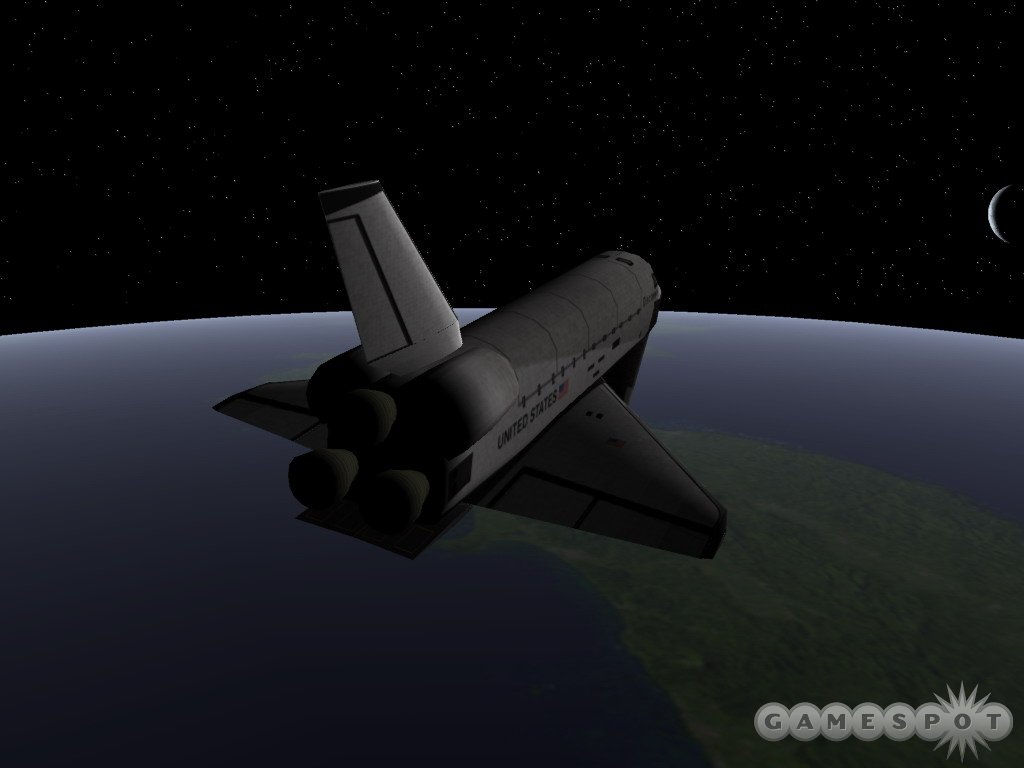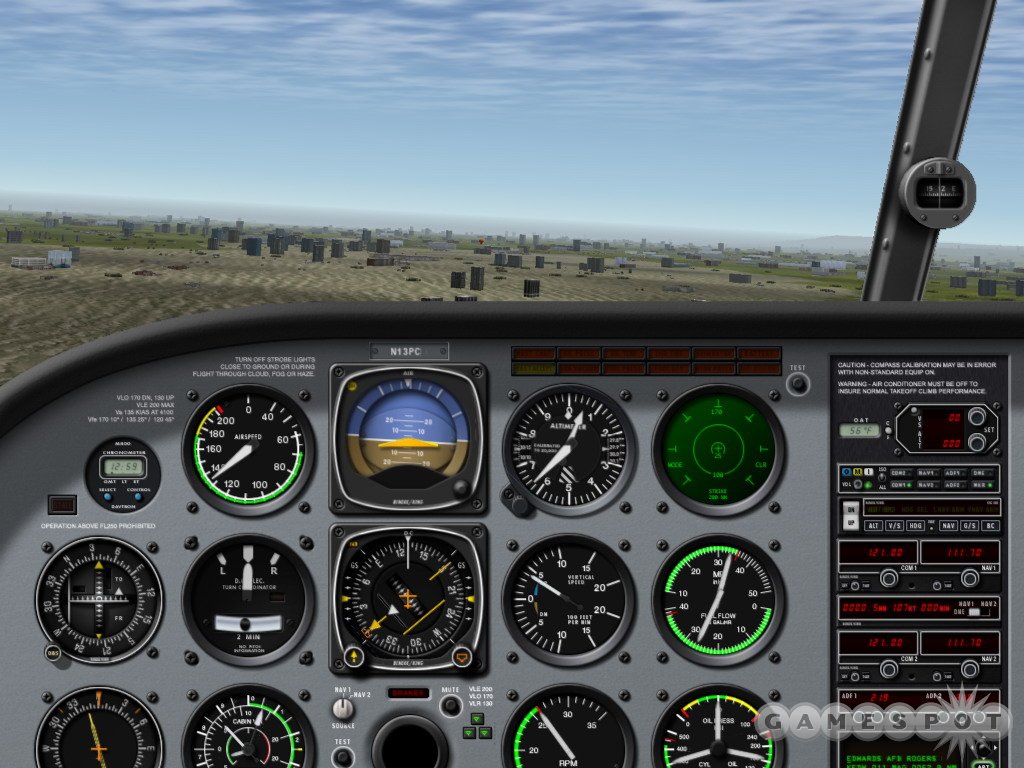X-Plane 8 may be Flight Simulator 2004's biggest competition, but the two products are about as far apart as you can get. Whereas Flight Simulator is designed by a huge team working with an enormous budget for one of the biggest companies in the world, X-Plane is largely designed by one person, on a relatively miniscule budget, who's working for himself. This labor of love is now in its eighth commercial iteration, and while other sims have come and gone, X-Plane is the only one still flying high as a potential alternative to Flight Simulator.

Flight Simulator 2004 came with a lot of planes, but it can't touch the variety offered by X-Plane. This is the most comprehensive flight simulator available to consumers, and it models everything from radio-controlled airplanes to jumbo jets to the space shuttle. Exotic aircraft, like the Hindenburg zeppelin, X-15, and SR-71 Blackbird, are available out of the box, along with more-standard fare, like a Cessna 172, Piper Malibu, and Bombardier 415 seaplane. Helicopters and VTOL planes also are supported, making it easy to try your hand at the controls of a Huey, V-22 Osprey, Harrier, or Joint Strike Fighter. If you're feeling really ambitious, it's even possible to switch from Earth to Mars, where low gravity and a nearly nonexistent atmosphere mean that flying planes designed for that environment (two are included) requires planning several minutes ahead of where you actually want to end up.
Tools are included for making your own aircraft, but they aren't easy to use. Fortunately, it is easy to modify existing planes by changing engine specifications, modifying wing shapes, and making nearly any other tweak imaginable so you can live out your dreams of being a test pilot. Many talented fans have cranked out plenty of other aircraft you can download from the Web, so there's never a dearth of things to fly.
The entire world is included in the game, along with thousands of airports, but graphics are definitely the Achilles' heel of this series. Planes don't look nearly as detailed as the nearly photo-realistic aircraft included in Flight Simulator 2004, and textures don't seem to have been updated from previous versions. Although the terrain graphics have improved considerably from version seven (as they now incorporate seamless tiles), nearly everything still looks like a vast lawn, with buildings randomly strewn throughout. Sounds are actually decent for a game of this type, with engine noises and radio chatter sounding particularly good.
The 2D instruments in X-Plane 8 are very comprehensive and detailed compared to competing products, and the analog gauges deserve special mention, as they look and act very convincing when compared to their real-world counterparts. If you're interested in buying a simulator to train with that includes real-world instruments (so you can obtain an actual pilot's license), this is the product to get.
The flight model is incredibly fluid, and at its best it conveys an unparalleled feeling of bouncing around in actual air currents. This is especially true in the lighter aircraft, where landing in a crosswind is a real challenge. Occasionally, the sim reacts violently to abrupt control inputs, snapping a plane back and forth quickly in a completely unrealistic way, but overall it does an incredible job, especially considering the wide variety of aircraft types it's able to model.
Unfortunately, when it comes to overall polish and a lack of bugs, X-Plane isn't even in the same league as Flight Simulator 2004. A few times during testing, we loaded a scenario that let us perform an aircraft carrier landing only to find the carrier rapidly circling a group of buildings in the middle of a city. Several times we were plopped down on runways magically floating in the middle of the ocean, and collision detection with buildings, hot air balloons, and other objects is nonexistent. You have to put up with a lot of compromises to use this sim, and although it's worth it in the end, most people would be much happier with the more consistent Flight Simulator 2004.
If you're new to the flight sim scene, Microsoft's Flight Simulator 2004 is the superior option, as it's much easier to both use and configure than X-Plane. Moreover, X-Plane offers a staggering number of options--from dozens of graphics rendering settings to complete joystick calibration--that are likely to fly over the heads of the uninitiated. If you're familiar with your hardware and with flight sims in general, X-Plane is a fantastic sandbox that makes a terrific counterpart to the much more rigid Flight Simulator series. As a result, it's definitely worth purchasing. And even if you have a previous version, the new features in version 8 more than justify the upgrade price.
